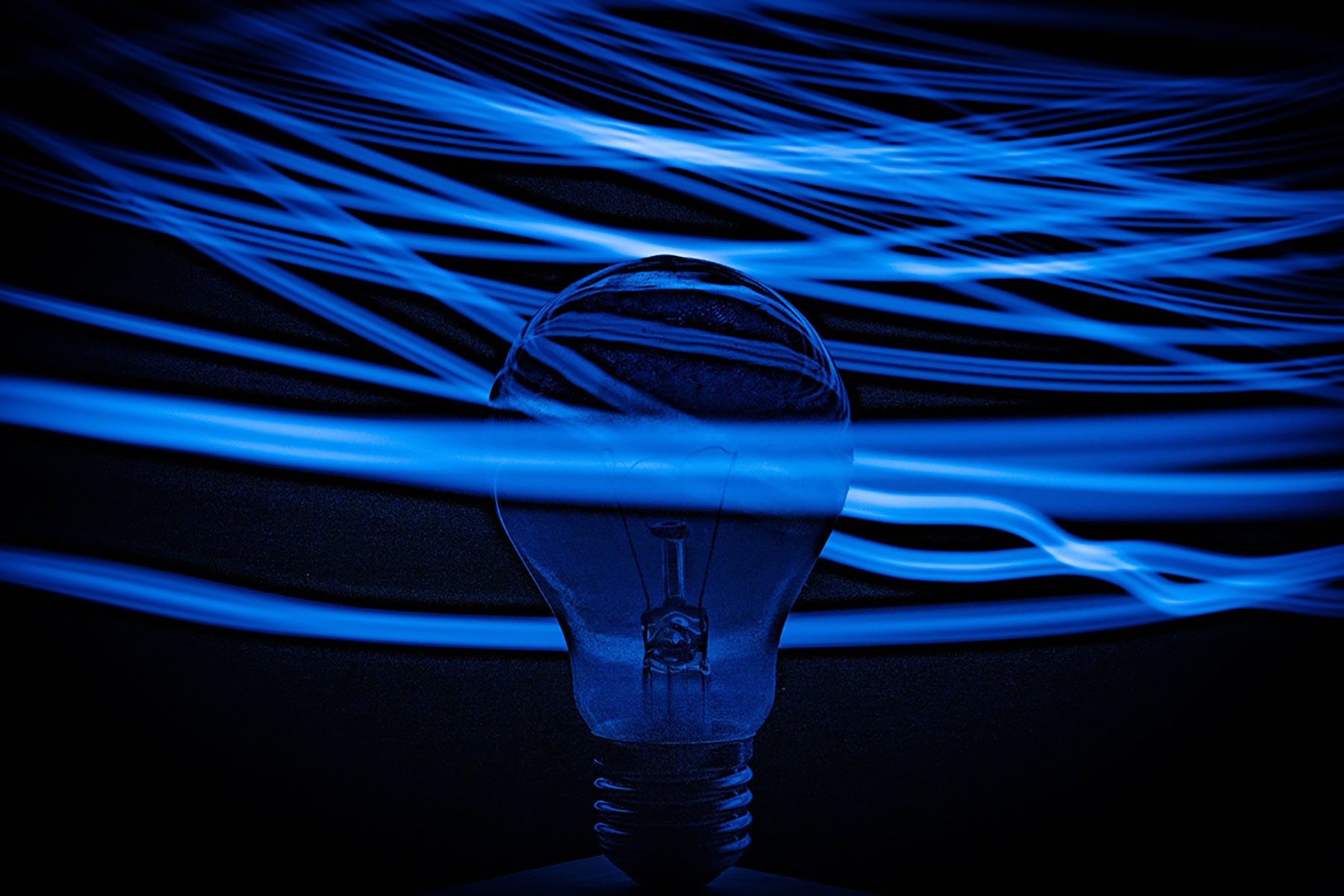Discoveries
January 09, 2023The Disappearing Act

|
Listen to Today's Edition
|
Glass frogs of Central and South America have the ability to become “invisible” to evade predators, NPR reported.
The half-dollar-sized amphibians are known for their transparent skin that can reveal their internal organs.
Initially, researcher Jesse Delia took pictures of the small animal’s circulatory system as part of a study to examine the parental behavior of a type of glass frog.
But when he saw the frogs sleeping, he noticed how their blood “was gone.”
In a new study, Delia and his colleagues found that the blood’s disappearance was a defense mechanism for the frog.
They wrote that the creatures would sleep on green leaves during the day, rendering them vulnerable to predators. As a result, the creatures would store most of their blood in their livers and achieve near-total camouflage.
When night approached, the frogs would wake up and release their red blood cells back into circulation.
Meanwhile, the amphibian’s unique ability poses some biological questions.
Delia believes the frogs have “some alternative process that allows them to keep their cells alive during transparency” because their red blood cells transport relatively little oxygen.
His colleague, Carlos Taboada, added that packing a majority of red blood cells in a small volume could trigger some clotting disorders.
The authors hope that further research on glass frogs will pave the way for new anticoagulants for humans.
Not already a subscriber?
If you would like to receive DailyChatter directly to your inbox each morning, subscribe below with a free two-week trial.
Support journalism that’s independent, non-partisan, and fair.
If you are a student or faculty with a valid school email, you can sign up for a FREE student subscription or faculty subscription.
Questions? Write to us at hello@dailychatter.com.

